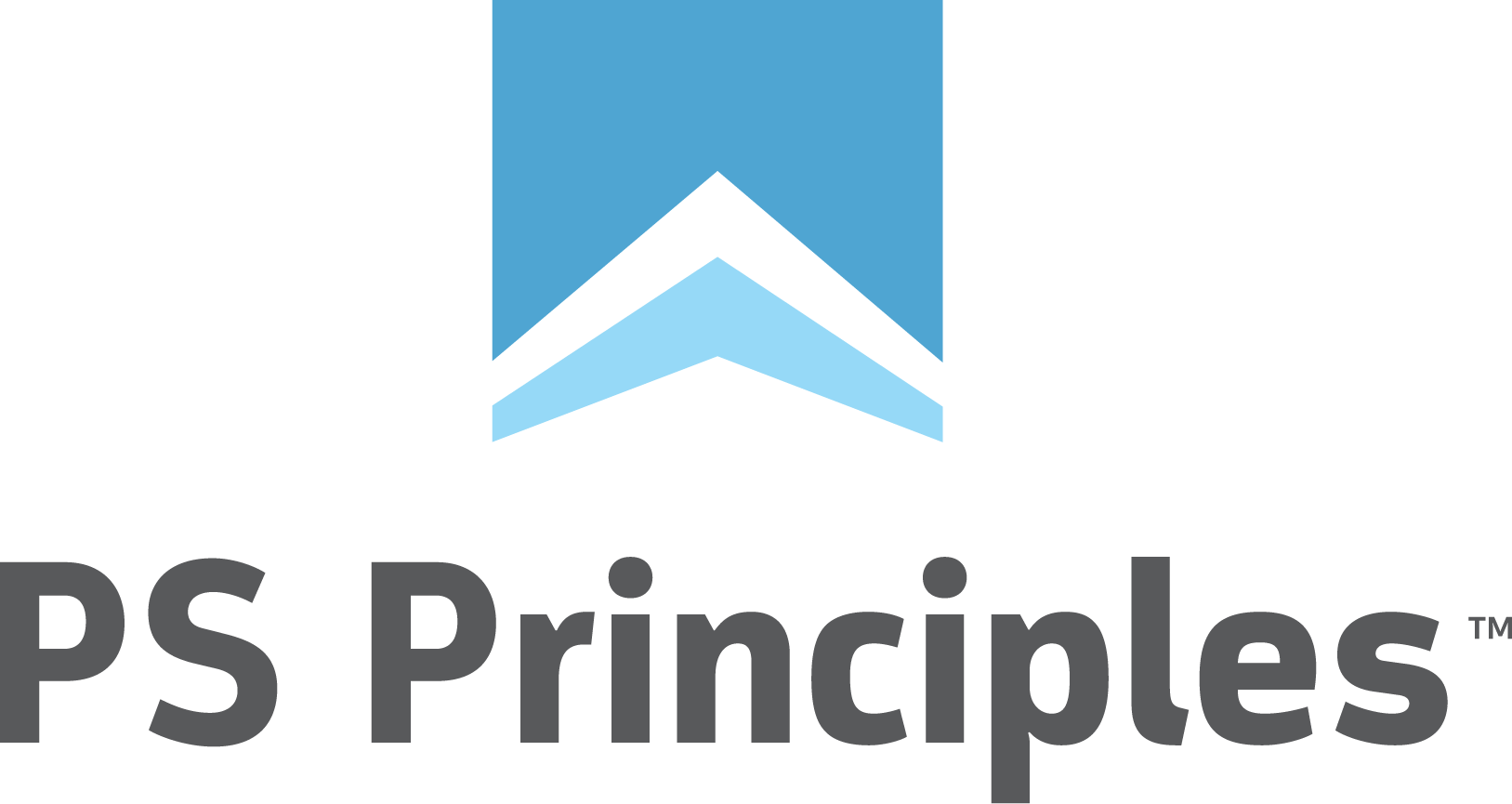Rethinking Project Governance (and the PMO)

This week’s Rethinking Professional Services webinar (click for replay) was focused on Rethinking Project Governance which gave us a great opportunity to discuss many tactics for managing project portfolios, but in particular we discussed the very unique PS Principles’ tool we call the Proactive Alignment Review (PAR).
THE TRADITIONAL PMO APPROACH ISN'T EFFECTIVE ENOUGH
Traditionally, our approach to project governance has been simple and broad. Develop a methodology and build a project plan that reflects it. Give that plan to project manager and ask him or her send weekly updates on progress against that plan. This report is full of perspective, opinion and hindsight data that tends to offer little value in terms of predicting if a project needs help. The result is a series of projects proudly announce a status of green, green, green, green, green, green and then, with surprise, RED!
To compensate, we invented the Project Management Office (PMO). A small group of experienced ex-project managers to oversee the portfolio. While the PMO is an added and experienced resource for the project manager, it still struggles to prevent escalations because it is working with the same hind-sight data and same inconsistent interpretation. It’s also a very difficult cost to scale and it is rarely funded to cover the whole project portfolio.
While I believe PMOs have real ROI, they don’t scale, they are costly, and they aren't as effective at stopping escalations as they should be.
IF YOU WALKED PAST SUCCESS, WOULD YOU KNOW WHAT IT LOOKED LIKE?
Someone once taught me, that the best way to achieve to success is to know what it looks like. This idea is at the center of the PAR approach. If I asked you to draw up a template of a successful project, could you? You probably could. The trick however, would be to not fall into the habit of trying to do it through defining a methodology (process and outcomes). These work well in a vacuum but are susceptible to the variations of human behavior. Instead, my recommendation is to focus on human behavior itself.
For example, if the customer’s project sponsor doesn’t attend any monthly reviews, we know the project will not be successful. Hence, if the customer sponsor misses one stakeholder review, the project is potentially on the wrong trajectory. Proactively responding to this one miss can remind the customer sponsor that these meetings are critical and a part of his or her company’s agreed obligations to make the project a success. You wouldn’t believe how well this works.
GOVERNANCE MUST BE SCALABLE
After many years, I’ve collected a complete series of these questions that work very well for software implementation projects. I’ve used PARs for a long time, and we have many customers who have also built their PAR solutions into infrastructures such as Salesforce, Sharepoint and Confluence. This approach has many beneficial elements that are lacking in a traditional PMO.
The PAR is easily self-assessed by a project manager. The use of yes/no answers removes the interpretation element of project reports and a 10 question PAR takes no more than 5 minutes to complete so every project can do it at any point in time. This approach is far more scalable than a traditional PMO process because we can apply it to every project. The PARs are completed by the project teams and then management can identify the ones that failed.
PARs shift the project governance process from manage-by-inspection to manage-by-exception projects requiring help say, “Hey, look at me!”
In addition, the PAR is proactive, so it is indicative of future success or failure. It is rare that the project has already escalated by the time I read the PAR. What I’ve found more than half of the time is that the project manager included the corrective action in the PAR. This makes the executive conversation very quick and sometimes not even required.
This approach doesn’t completely eradicate surprise escalations, but when combined with other strategies we mentioned in the webinar we can create a very thorough governance approach. Our hope is that by rethinking some of these ideas we can drastically improve the rate at which we achieve project success.
Our next webinar will tackle Rethinking Services Selling where we will look at the impact product selling has had on our ability to sell professional services value and how we can reimagine the process to focus on our strengths.
Rethinking Professional Services Executive Webinar Series
#3: Rethinking Selling Services
February 21st, 2019 10:am CST / 4:00pm GMT
Join fellow PS leaders by REGISTERING HERE
